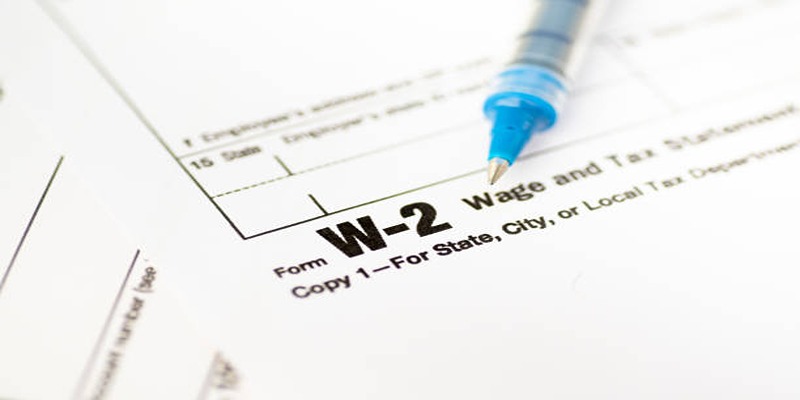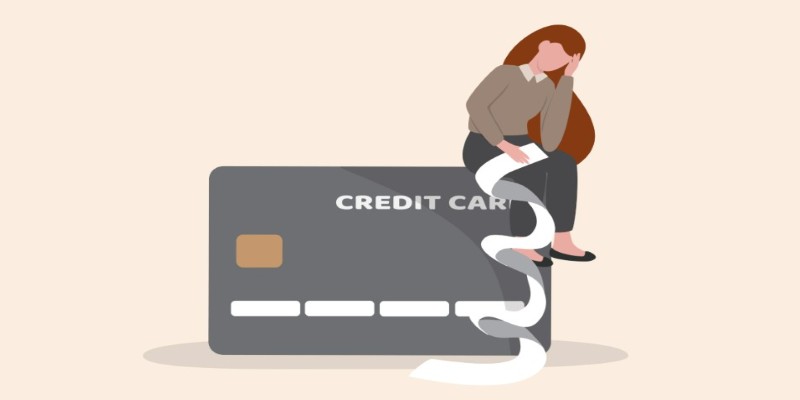Refinancing is when you replace an existing loan with a new one, usually to get better terms. Most often, people refinance home mortgages, but it also applies to student loans, car loans, or personal loans. The idea is to improve your loan—maybe with a lower interest rate, smaller monthly payments, or a shorter term.
Others do it to pull out some equity or switch loan types. Whatever the reason, refinancing is about restructuring existing debt in a way that better fits your financial situation. It can lead to savings, but only if the math works in your favor.
How Refinancing Works?
Refinancing starts by taking out a new loan that pays off your existing one. This new loan has new terms—different interest rates, repayment periods, and even types. For example, if you started with a 30-year fixed mortgage, you might refinance into a 15-year one with a better rate.
It’s not automatic—you’ll apply as if it’s a brand-new loan. That includes a credit check, income verification, and often a home appraisal. You may use the same lender or shop around for better offers. There are closing costs involved, which might be paid upfront or rolled into the loan. These fees are part of what you have to consider when deciding whether refinancing makes sense.
The goal is usually to save money, but sometimes the benefit is in other areas—like switching to a fixed rate for predictability or consolidating multiple loans into one. Regardless, refinancing starts the repayment timeline over unless you opt for a shorter term.
Types of Refinancing
Rate-and-term refinancing is the most common. You’re not changing the loan amount—just the interest rate, the term, or both. It’s usually done to save money or make monthly payments more manageable.

Cash-out refinancing increases the loan amount. You borrow more than your current balance and use the difference for other expenses. While it gives you quick access to funds, it also increases your debt load.
Cash-in refinancing is the opposite. You bring cash to the table to reduce your loan balance. This might help you qualify for a lower rate or remove private mortgage insurance if your equity improves enough.
Streamlined refinancing is an option for government-backed loans, such as FHA, VA, or USDA loans. These programs simplify the process and may not require full documentation or a home appraisal. They're designed for borrowers who already have these loan types and want better terms.
Student loan refinancing lets you replace existing student loans—federal or private—with one new private loan. The appeal is often a lower interest rate or a simplified repayment plan. But refinancing federal loans with a private lender removes eligibility for income-driven plans or forgiveness programs, which can be a tradeoff.
Reasons People Choose to Refinance
A common reason to refinance is to get a lower interest rate. If rates have dropped since your original loan or your credit score has improved, you might qualify for better terms. Even a small drop in interest can make a big difference over the life of a loan.
Some people refinance to shorten the loan term. For instance, refinancing from a 30-year to a 15-year mortgage means higher monthly payments but less interest paid overall. It's a way to pay off debt faster.
Cash-out refinancing is another option. In this case, you borrow more than what you currently owe and keep the extra funds. It’s a way to access home equity, often used for renovations or to pay off higher-interest debt. This increases your loan balance, so it needs to be used carefully.
Others refinance to switch loan types. Someone with an adjustable-rate mortgage might move to a fixed rate for more predictable payments. Or, with student loans, borrowers may refinance to move from federal to private loans—though this means giving up federal protections and repayment options.
Debt consolidation can also be a reason. Instead of juggling several payments with different due dates and interest rates, refinancing combines everything into one. If the new loan has a lower rate and manageable term, it can simplify repayment and reduce costs—though stretching the loan out too long can eat away at those savings.
What to Consider Before Refinancing?
While refinancing can offer benefits, it also comes with upfront costs. Lenders charge fees, including application fees, closing costs, and possibly appraisal fees. These costs can total several thousand dollars. If you don't plan to keep the loan long enough to break even on those fees, refinancing may not be worth it.

Calculate the break-even point—the time it takes for your monthly savings to cover the cost of refinancing. If it takes five years to break even, but you’re planning to move in three, you won’t come out ahead.
Your credit score plays a big role. Better credit can get you better rates, but if your score has dropped since your last loan, you may not qualify for favorable terms. Lenders also consider your income and debt-to-income ratio, so you’ll need to be in stable financial shape.
Extending your loan term can also be a concern. If you’re five years into a 30-year mortgage and refinance into a new 30-year loan, you’re restarting the clock. That could mean paying more interest over time, even if your monthly payment goes down. One way to avoid that is to refinance into a shorter term or continue making higher payments.
Timing matters, too. Interest rates fluctuate, so refinancing when rates are low can lock in long-term savings. Some lenders offer a rate lock, which can secure a rate during the approval process.
Conclusion
Refinancing can help you lower your interest rate, adjust your loan term, or access funds when needed. But it comes with upfront costs and long-term implications. Before jumping in, weigh the savings against the fees and consider how long you plan to keep the loan. If the timing and terms line up with your financial goals, refinancing can be a smart move. If not, it may end up costing more than it saves.












